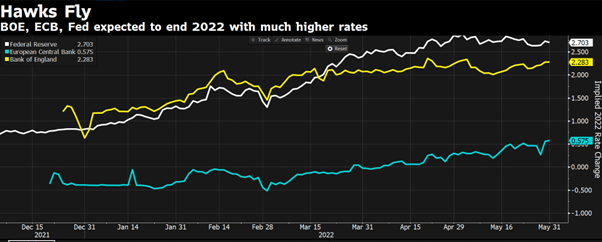Negotiating the most beneficial price is a key consideration when business owners want to sell their shares. However, in reality, “ancillary matters” often creep up on the parties and serve to delay or frustrate matters, with an obvious impact on the price that the owner was hoping to get. Let’s consider some of these, together with their impact and, notably, their tax effect.
The elephant in the room is often regulation. For instance, the Companies Act holds that a seller may not dispose or give effect to an agreement to dispose of all or the greater part of its assets or undertakings unless the Takeover Regulation Panel has issued a compliance certificate or exempted the transaction.
It is, therefore, important to determine whether the company in which the shares are held is a “regulated company”. This would most likely be the case where 10% or more of the issued securities of the company have been transferred (other than by transfer between or among related or inter-related persons) within the period of 24 months immediately before the date of a particular transaction or offer. Should such transfers have occurred, the seller will be regarded as a “regulated company” that is entering into an “affected transaction” which would be subject to TRP approval.
Competition authority approval is another crucial aspect. In this regard, you would need to establish whether there will be an acquisition or establishment of control over the whole or part of the business of the company, as contemplated in the Competition Act. Should that be the case, you will need to consider the thresholds and categories of mergers to determine whether approval from the Competition Authorities is required. There is a useful basic merger threshold calculator on the Competition Commission’s website.
Another key consideration is, if the Seller has a properly drafted MOI, there will usually be a pre-emptive right in favour of the other shareholders contained in the MOI, or at least an article that provides that any shareholder to whom a transferor wants to transfer shares must be approved by the other shareholders. It is important to adequately deal with any such pre-emptive rights in your transaction documents as part of the conditions precedent.
Tax Considerations
Proper record keeping of historic transactions is vitally important as you would use those records to determine whether the current transaction will (a) be subject to capital gains or income tax by assessing the nature and period of the shares held or (b) give rise to any onerous claw-back provisions should group reorganisation transactions have been entered into in the recent past.
Furthermore, historic and envisaged dividends would also need to be considered. This is because of the dividend stripping provisions contained in the Income Tax Act, which could potentially give rise to increased capital gains tax exposure for the current transaction should “exempt extraordinary dividends” have been declared in relation to the shares being sold.
Certain transactions also have reporting requirements from an income tax perspective. In this regard, the regulations published on “Reportable Arrangements” needs to be considered. The most notable we have seen recently being:
*An arrangement in terms of which a company buys back shares for an aggregate amount exceeding R10m, and that company issued or is required to issue any shares within 12 months of entering into that arrangement, or of the date of any buy-back in terms of that arrangement.
*An arrangement in terms of which one or more persons acquire the controlling interest in a company that has an assessed loss exceeding R50m.
Should the acquiring party in a particular transaction not be a South African Reserve Bank Resident, or should the transaction be funded with offshore loans, it must be noted that the transaction or loan funding should be placed on record with the South African Reserve Bank.
Further considerations that may also be important are:
*Whether the seller has ceded the shares as security. A well-drafted cession as security agreement will likely require the written consent of the cessionary before the shares can be transferred.
*If the seller is bound as surety or guarantor for the due and proper performance of the Company. If this is the case, ensure that the applicable clauses relating to the release or indemnification of the Seller be included in the Agreement.
*Industry specific regulations (for example in the mining sector).
Getting a Sale Over the Finish Line
So, in a nutshell, the purchase consideration, albeit potentially the most vital aspect for any transaction, is not the only aspect to be considered should you wish to get the transaction over the finish line in a timeous fashion. It is, therefore, important to ensure all regulatory and legal aspects are considered and accounted for in any potential deal timeline.
Bobby Wessels is an associate and specialist tax and transaction advisor | AJM Tax Attorneys.

This article first appeared in DealMakers, SA’s quarterly M&A publication
DealMakers is SA’s M&A publication
www.dealmakerssouthafrica.com













